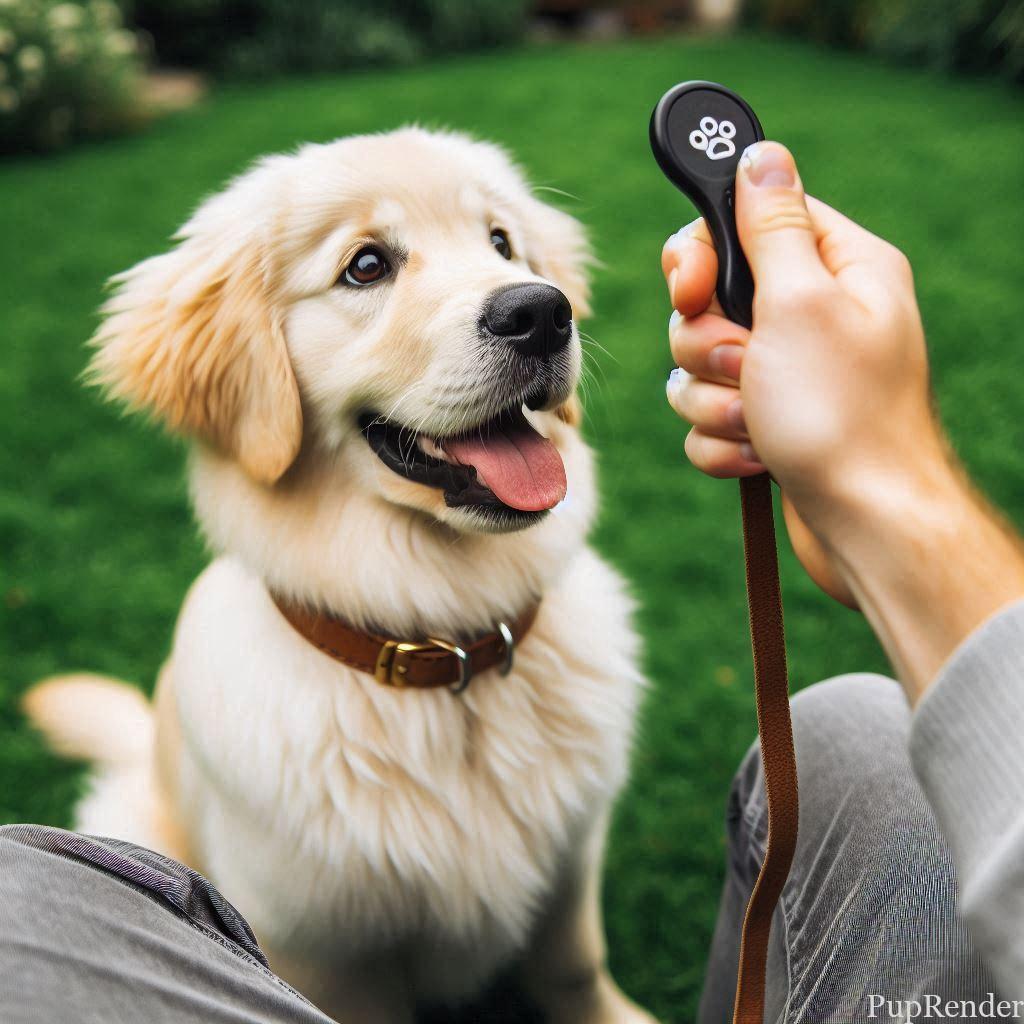How to Choose the Best Dog Training Equipment
Choosing the right dog training equipment can make all the difference in your pet’s learning journey. Whether you’re a new pet parent or a seasoned dog owner, finding the best tools can help you build a stronger bond with your furry friend and ensure their safety and comfort. This guide will walk you through everything you need to know about selecting the perfect dog training equipment for your pet.
The Importance of Proper Dog Training Equipment
Training your dog is crucial for their well-being, socialization, and safety. Using the right equipment can help make the training process smoother and more effective. From collars and leashes to clickers and toys, the right tools can enhance communication, reinforce good behavior, and make training enjoyable for both you and your pup.

Types of Dog Training Equipment
1. Leashes and Collars
Leashes and collars are foundational pieces of dog training equipment. A standard leash and collar set is great for everyday walks and basic obedience training. However, for dogs who pull or need extra guidance, consider a harness or a head collar. Harnesses provide better control and are ideal for dogs with neck or throat issues.
Check out How to Train Your Dog to Walk on a Leash for step-by-step guidance on choosing the right leash and improving your dog’s leash manners.
2. Clickers and Whistles
Clicker training is a popular positive reinforcement technique. A clicker emits a distinct sound to signal to your dog that they’ve done something correctly. Whistles are excellent for recall training, especially in outdoor environments.

3. Treat Pouches and Reward Bags
Having a treat pouch allows you to reward your dog immediately, which is crucial for effective training. Opt for pouches that are easy to access and can hold enough treats for your training sessions.
Find more about Positive Reinforcement Training.
4. Training Mats and Pads
If you’re training your dog indoors or working on specific commands like “stay” or “place,” a training mat or pad can provide a designated spot for your dog. These mats can be easily moved and help your dog understand where they should go.
5. Dog Toys and Chews
Toys and chews are fantastic for rewarding good behavior and keeping your dog mentally stimulated. Puzzle toys, in particular, can be great tools for training sessions that require focus and concentration.
- Internal Link: For fun and engaging training ideas, check out Dog Tricks That Will Blow Your Mind.
How to Choose the Right Training Equipment for Your Dog
When selecting the best training equipment for your dog, consider their size, breed, age, and personality. A high-energy dog might benefit from a harness designed for control, while a timid dog might respond better to gentle reinforcement tools like a clicker.
Safety First
Always prioritize safety when choosing training equipment. Look for durable materials and ensure that all tools are the right size for your dog. Ill-fitting collars or harnesses can cause discomfort or even injury.
Common Mistakes to Avoid
- Overcomplicating Training: Keep your training sessions simple and consistent. Too many tools or methods can confuse your dog.
- Using Equipment Incorrectly: Ensure you understand how to use each piece of equipment properly to avoid sending mixed signals to your dog.
- Ignoring Your Dog’s Needs: Every dog is unique. Pay attention to your dog’s behavior and adjust your tools accordingly.
- Related Content: Read Do You Make These Common Dog Mistakes? to learn how to avoid common errors in dog training.
Equip Yourself for Success
Choosing the best dog training equipment is essential for effective training and a happier relationship with your pet. Start with the basics and gradually add tools that fit your dog’s specific needs. Remember, the right equipment, paired with love and patience, is the key to a well-trained dog.
Share Your Story!
Do you have a favorite dog training tool or method that has worked wonders for your pup? Share your experiences with us on Facebook or Instagram and use the hashtag #PupRender!





